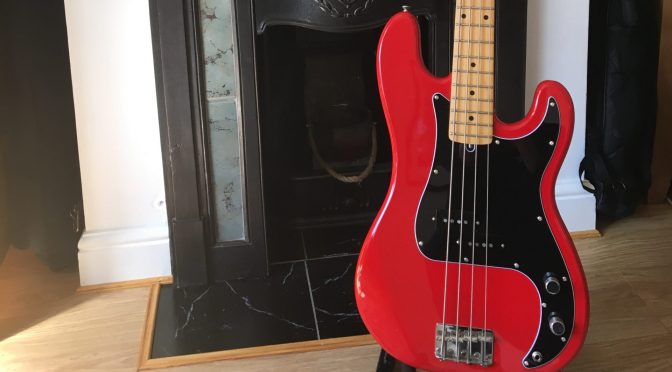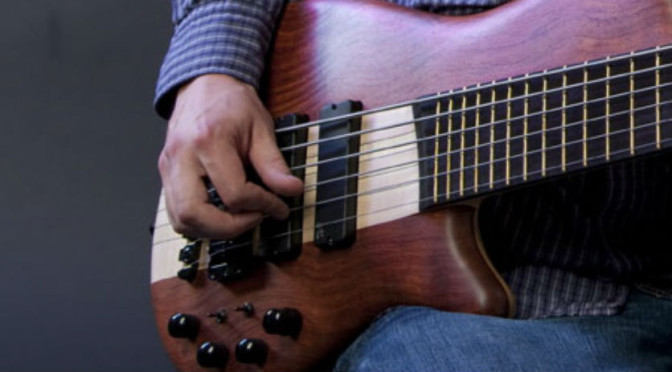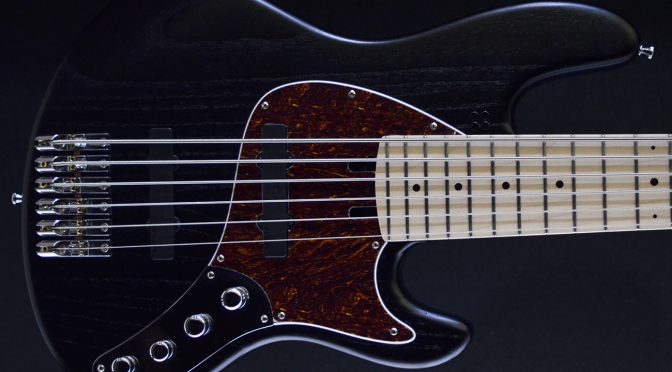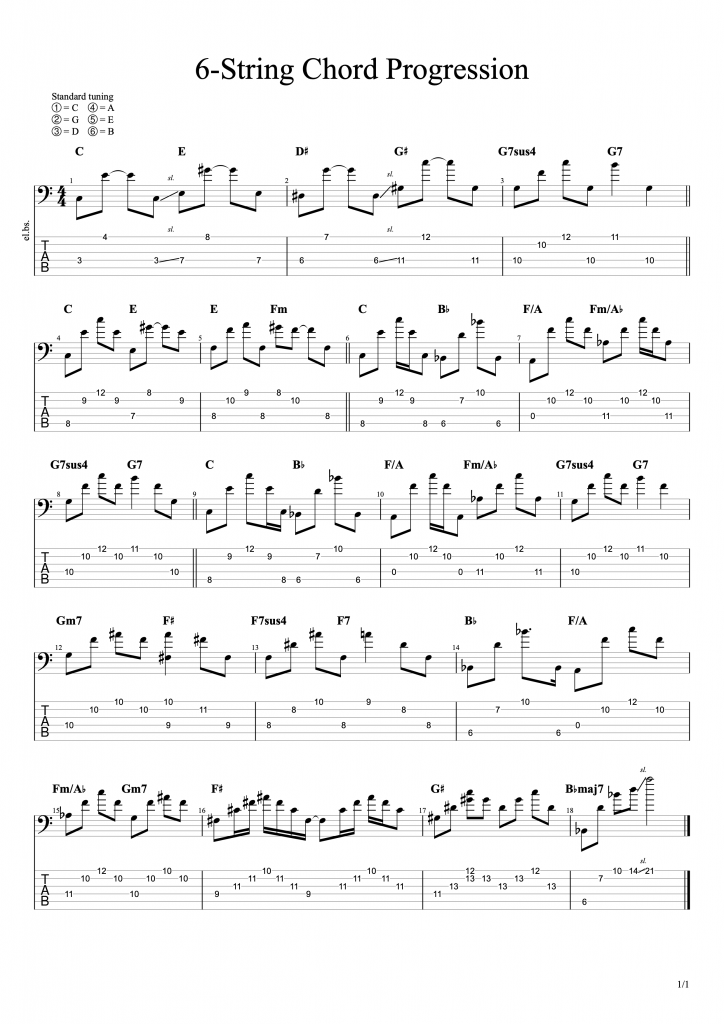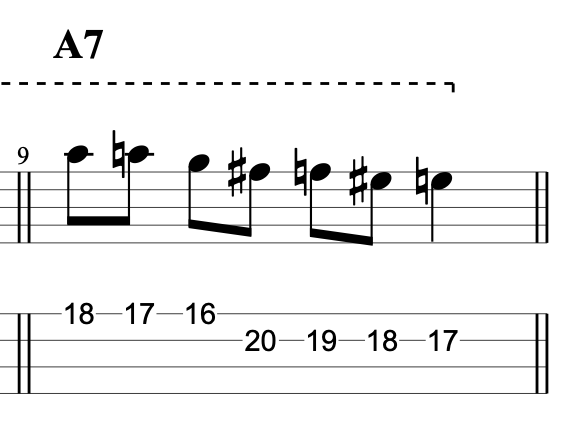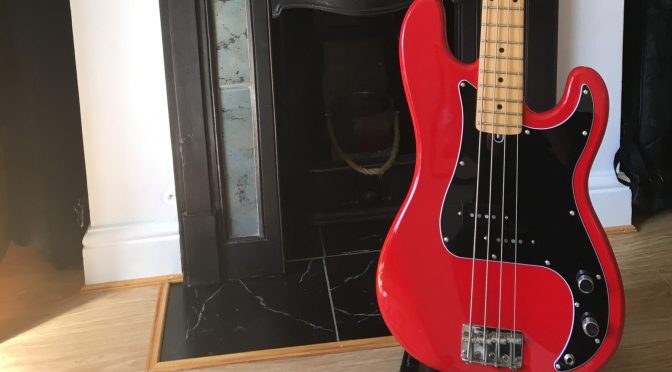Helix with Bass – How Useful is a Line 6 Helix for Bass Guitar Players?
I originally bought my Line 6 Helix LT primarily to use with guitar. Although the fact that it is designed to be used with both guitar and bass was a big selling point for me. If you’re not familiar with the Helix products, they are essentially digital amp modelling and multi effects units.
You can set the unit up like a pedalboard. It has eight foot pedal switches for turning effects on and off. And many of the effects in the Helix are modelled on famous guitar and bass effects pedals. For example you can use a digitally modelled version of a Boss CE-1 chorus pedal or an MXR Phase 90. There are many preset patches already installed in the product when you buy it. Most are for guitar but there are plenty for bass. And you can also make your own patches. Or buy patches from other musicians online and install them into your Helix.
What are the patches I used?
The patches in the video are a mixture of preset patches, 3rd party patches and one that I created myself. Although I have tweaked all of them a little bit to suit my own playing. I’ve marked on the video the patches that are presets. There’s one called Boots Bass, which is clearly designed to sound like Bootsy Collins. Generally I would prefer to mix the sound of this preset with the clean sound of my bass. But for the sake of this demo, you are just hearing the sound of the preset patch.
The other preset is called Tuck n’Go, which features a model of the Ampeg B15. It’s a classic amp from the 60’s, played by bass legends such as James Jamerson, John Paul Jones and Jack Bruce among many others. The patch includes both a compressor and a drive pedal that you can control with two of the foot switches. Of the two demos I did of this patch, one has the drive switched on and the other doesn’t. Both have the compressor on.
Of the other three patches in the video, two were 3rd party patches that I bought from other musicians. The synth bass patch came from an American bass player called Chad Carouthers and the heavily reverbed patch came from the guitarist Johnathan Cordy. The final patch featured in the video was one I made myself from scratch.

